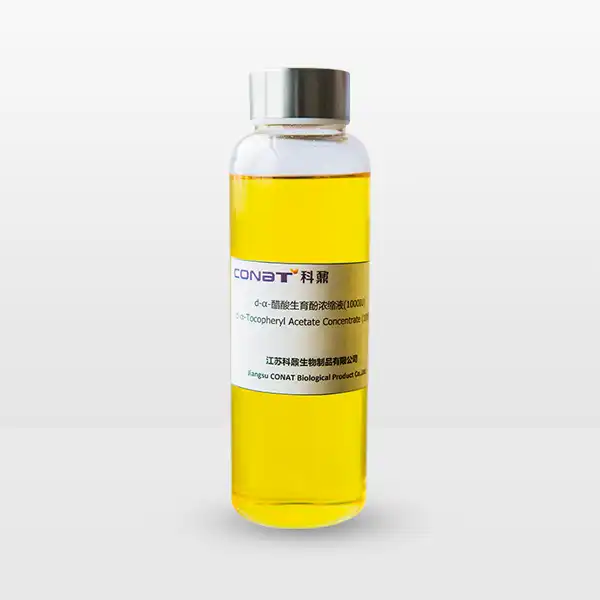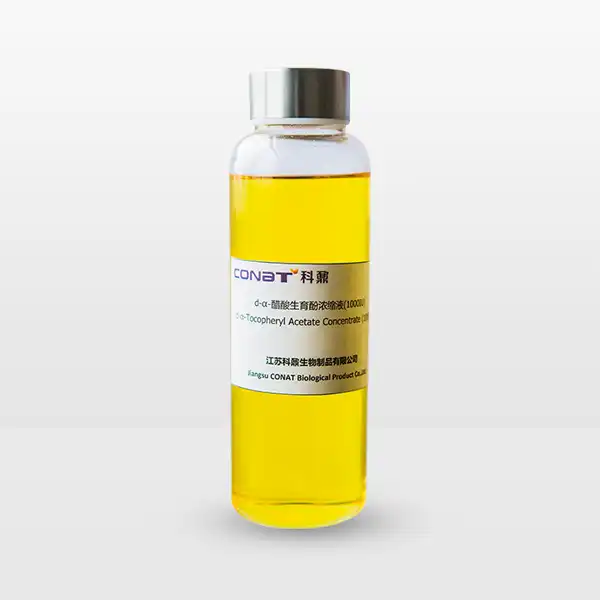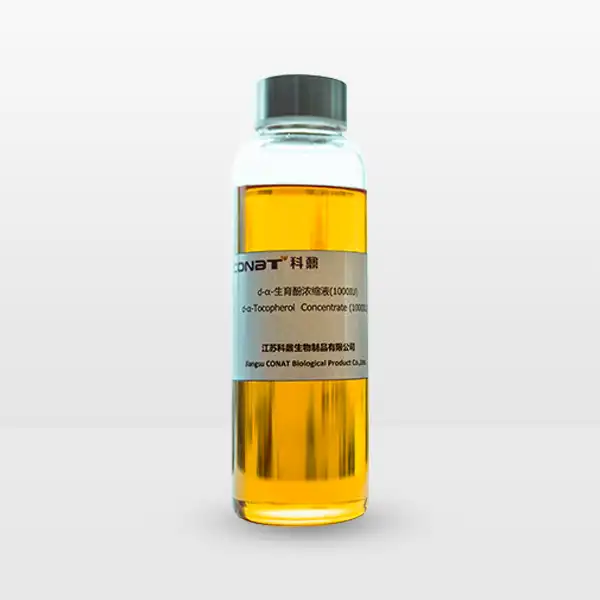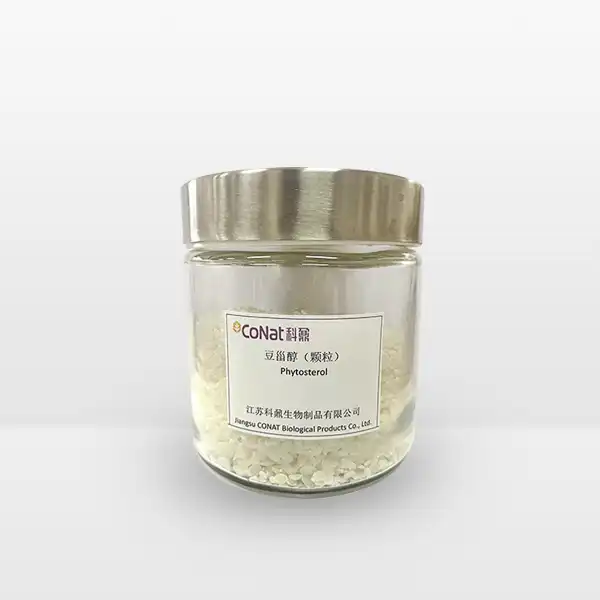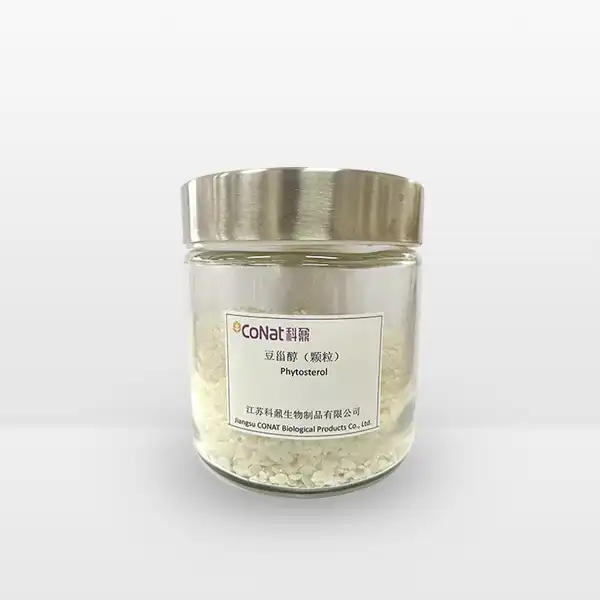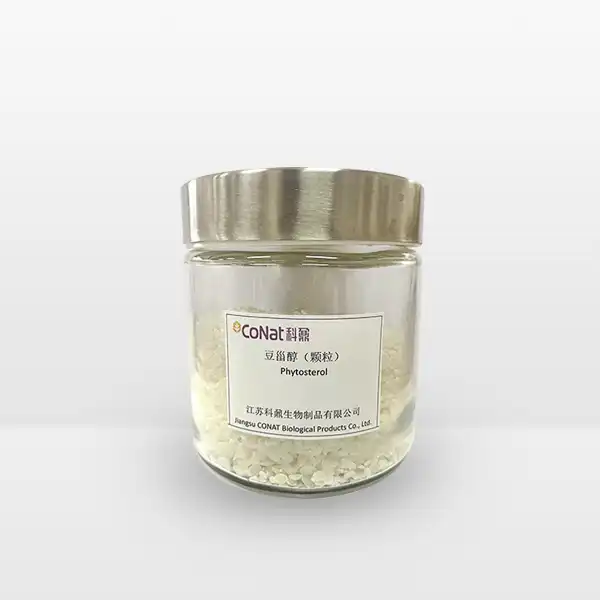- English
- French
- German
- Portuguese
- Spanish
- Russian
- Japanese
- Korean
- Arabic
- Greek
- German
- Turkish
- Italian
- Danish
- Romanian
- Indonesian
- Czech
- Afrikaans
- Swedish
- Polish
- Basque
- Catalan
- Esperanto
- Hindi
- Lao
- Albanian
- Amharic
- Armenian
- Azerbaijani
- Belarusian
- Bengali
- Bosnian
- Bulgarian
- Cebuano
- Chichewa
- Corsican
- Croatian
- Dutch
- Estonian
- Filipino
- Finnish
- Frisian
- Galician
- Georgian
- Gujarati
- Haitian
- Hausa
- Hawaiian
- Hebrew
- Hmong
- Hungarian
- Icelandic
- Igbo
- Javanese
- Kannada
- Kazakh
- Khmer
- Kurdish
- Kyrgyz
- Latin
- Latvian
- Lithuanian
- Luxembou..
- Macedonian
- Malagasy
- Malay
- Malayalam
- Maltese
- Maori
- Marathi
- Mongolian
- Burmese
- Nepali
- Norwegian
- Pashto
- Persian
- Punjabi
- Serbian
- Sesotho
- Sinhala
- Slovak
- Slovenian
- Somali
- Samoan
- Scots Gaelic
- Shona
- Sindhi
- Sundanese
- Swahili
- Tajik
- Tamil
- Telugu
- Thai
- Ukrainian
- Urdu
- Uzbek
- Vietnamese
- Welsh
- Xhosa
- Yiddish
- Yoruba
- Zulu
How Do You Know If Vitamin E Oil Is Pure?
Determining the purity of pure natural vitamin E oil is crucial for ensuring you're getting the most benefits from this powerful antioxidant. Pure vitamin E oil should be clear to light yellow in color and have a slight characteristic odor. When shopping for vitamin E oil, it's essential to understand what makes it pure and how to identify genuine products in the market. The purity of vitamin E oil directly affects its efficacy and potential benefits for skin health and overall wellness.
What are the signs of authentic natural vitamin E oil?
Natural vitamin E oil, also known as tocopherol, exhibits several distinctive characteristics that help verify its authenticity. The first and most noticeable indicator is its appearance and viscosity. Pure natural vitamin E oil typically has a thick, slightly sticky consistency and ranges from pale yellow to amber in color. This coloration comes from the natural extraction process, usually from vegetable oils such as wheat germ, sunflower, or soybean oil.
When examining the oil's authenticity, consider its source and extraction method. High-quality natural vitamin E oil is commonly derived through molecular distillation, which preserves the oil's beneficial properties while removing impurities. The oil should feel smooth and rich between your fingers, without any graininess or separation. Natural vitamin E oil also has a characteristic mild, nutty scent – if the oil is completely odorless, it might be synthetic.
Another crucial aspect of authentic natural vitamin E oil is its molecular composition. Natural vitamin E exists in eight different forms: four tocopherols (alpha, beta, gamma, and delta) and four tocotrienols. The most biologically active form is d-alpha-tocopherol, which should be clearly listed on the product label. Look for products that specify "d-alpha-tocopherol" rather than "dl-alpha-tocopherol," as the latter indicates synthetic vitamin E.
The concentration of vitamin E in the oil is also a key indicator of authenticity. Pure natural vitamin E oil typically contains between 400-1000 IU per serving. However, some products may be diluted with carrier oils while still maintaining their effectiveness. If the product claims an unusually high IU content at a surprisingly low price, this might be a red flag for synthetic additives or false advertising.
How can you test vitamin E oil quality at home?
Testing vitamin E oil quality at home involves several practical methods that can help determine its purity and potency. The simplest test begins with a visual and tactile examination. Pour a small amount of the oil onto a white surface or paper – pure vitamin E oil should maintain its consistency and not separate or show any signs of crystallization at room temperature.
A practical home test involves the absorption rate. Apply a small amount to your skin and observe how it absorbs. Pure vitamin E oil is naturally thick and takes time to absorb completely. If the oil absorbs too quickly or feels watery, it may be diluted or contain synthetic ingredients. Additionally, pure vitamin E oil should leave a slightly tacky feeling on the skin initially, which gradually dissipates as it's absorbed.
The freeze test can also provide insights into the oil's purity. Place a small amount of the oil in a clean container and refrigerate it for several hours. Pure vitamin E oil will become thicker and more viscous but should not separate or form distinct layers. Any separation or crystallization might indicate the presence of other oils or synthetic additives.
Another reliable method is the oxidation test. Expose a small amount of the oil to air for 24 hours. Pure vitamin E oil is relatively stable and should not show significant changes in color or consistency. However, if the oil quickly turns rancid or develops an unusual odor, this might indicate poor quality or the presence of unstable additives.
Temperature stability is another important factor. Heat a small amount of the oil gently (not to boiling) – pure vitamin E oil should maintain its integrity without separating or producing an acrid smell. The oil should also return to its original consistency once cooled to room temperature.
What's the difference between natural and synthetic vitamin E oil?
Understanding the distinction between natural and synthetic pure natural vitamin E oil is crucial for making informed purchasing decisions. The primary difference lies in their molecular structure and bioavailability. Natural vitamin E (d-alpha-tocopherol) has a specific molecular arrangement that makes it more bioavailable and effective compared to its synthetic counterpart (dl-alpha-tocopherol). Studies have shown that natural vitamin E is approximately twice as bioavailable as synthetic forms.
The production process significantly differs between natural and synthetic versions. Natural vitamin E oil is extracted from plant sources, primarily vegetable oils, through careful distillation processes that preserve the oil's beneficial properties. This results in a complex mixture of tocopherols and tocotrienols, each contributing to the oil's overall effectiveness. In contrast, synthetic vitamin E is created in laboratories through chemical processes, typically resulting in a single form of tocopherol.
Another key difference lies in the pricing and availability. Natural vitamin E oil generally commands a higher price due to the more complex extraction process and the need for high-quality plant sources. Synthetic versions are typically less expensive to produce and therefore more commonly found in mass-market products. However, the lower price often comes at the cost of reduced effectiveness and potential inclusion of harmful chemicals or preservatives.
The stability and shelf life of natural versus synthetic vitamin E oil also differ. Pure natural vitamin E oil, when properly stored, maintains its potency for longer periods and is more stable against oxidation. This is partly due to the presence of various tocopherol compounds that work synergistically to protect the oil. Synthetic versions may require additional stabilizers or preservatives to achieve similar shelf life.
The absorption and utilization by the body also vary significantly. Natural vitamin E oil is recognized and utilized more efficiently by the body's systems, making it more effective for both topical and internal use. The body preferentially absorbs and retains natural vitamin E, while synthetic forms are often eliminated more quickly, requiring higher doses to achieve similar benefits.
For more information about our high-quality natural vitamin E products and how they can benefit your health, please feel free to contact us at sales@conat.cn.
References:
1. Journal of Agricultural and Food Chemistry. "Natural vs Synthetic Vitamin E Bioavailability: A Meta-Analysis"
2. International Journal of Cosmetic Science. "Quality Assessment of Commercial Vitamin E Oils"
3. American Journal of Clinical Nutrition. "Bioavailability of Natural and Synthetic Vitamin E"
4. Dermatology Research and Practice. "Topical Vitamin E in Skin Care: A Comprehensive Review"
5. Food Chemistry. "Analysis Methods for Determining Vitamin E Purity"
6. Cosmetic Science Technology. "Quality Control Methods for Natural Vitamin E"
7. Journal of Lipid Research. "Molecular Differences Between Natural and Synthetic Vitamin E"
8. Clinical Interventions in Aging. "Vitamin E in Dermatology"
9. Current Pharmaceutical Design. "Natural Sources of Vitamin E"
10. International Journal of Molecular Sciences. "Analytical Methods for Vitamin E Authentication"

